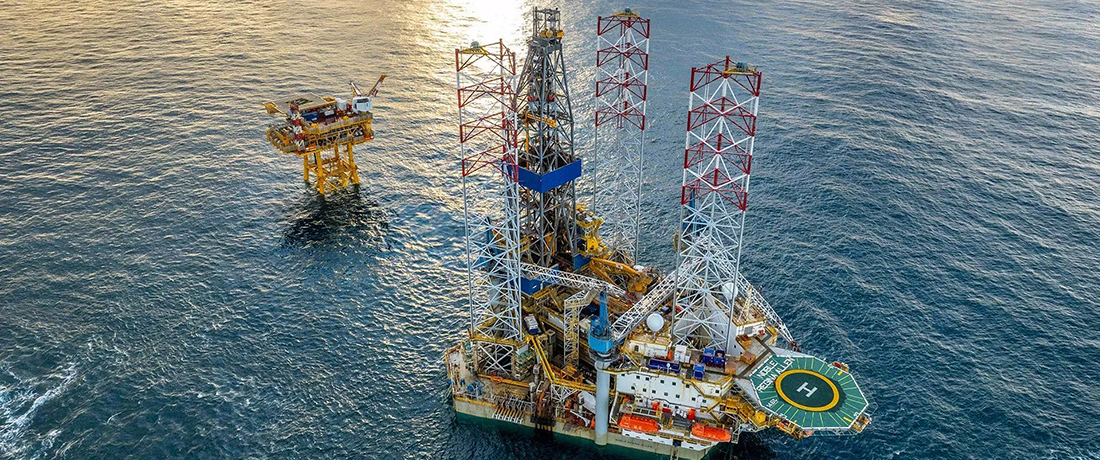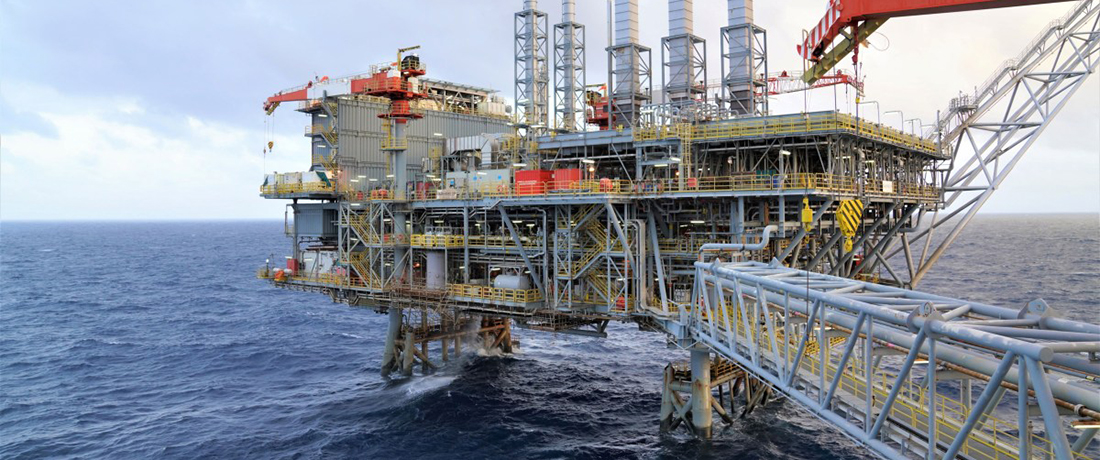
Equinor’s first offshore well in Argentina didn’t show any evident indications of oil or natural gas, a source at the Norwegian company said June 27, after expectations swelled in the local oil industry that the project could yield initial production of 200,000 b/d.
“Although we have been able to confirm the geological model, no clear signs of hydrocarbons have been found, so the well is considered dry,” the source said in an email response to a question from S&P Global Commodity Insights.
“Over the coming months, all the data and information gathered through this well and seismic surveys will be extensively analyzed towards increasing the understanding of the hydrocarbon potential in these areas,” the source added.
Equinor led the drilling of the Argerich-1 exploration well as the operator of the CAN-100 block, with a 35% stake alongside its two partners there: Argentina’s state-run YPF at 35% and London-based Shell at 30%.
The drilling of Argerich-1 began in the first quarter of this year. It was the first to be drilled in the North Argentine Basin, which lies in the south Atlantic off the coast of Buenos Aires province. The well was drilled in deep waters some 300 km (186 miles) off the coast of the city of Mar del Plata. Another three or four wells are expected to be drilled in the area, the first offshore drilling outside of the Austral Basin in the far south, a major source of natural gas.
The results come after YPF and Argentinian government officials suggested that the North Argentine Basin could rival Vaca Muerta, a huge onshore shale play in Patagonia that is driving the country’s growth in oil output and exports — and is expected to do so for gas once more pipeline capacity is built to move supplies out.
Drilling too shallow
The estimates were than CAN-100 could produce 200,000 b/d from the first well, equivalent to 30% of the country’s total oil production of 680,500 b/d in April.
“An offshore discovery would open up another scale that we don’t have in Argentina today,” Fernanda Raggio, YPF’s vice president of exploration, said May 23.
These expectations of a large amount of production have swelled since huge discoveries were made in Namibia and other parts of western Africa in 2020, which share a similar geology in the South Atlantic as Argentina.
YPF’s CEO Horacio Marín said May 8 that seismic studies have shown that the geology in the North Argentine Basin and neighboring Uruguay is similar to Namibia, where wells hold 30 million barrels each. But he said at the time that the Argerich-1 well was being drilled to a shallower depth than the formation that is comparable to Namibia.
“It is important that it finds an oil system,” Marín said of the drilling of that first well, but suggested that there is far more potential deeper down.


